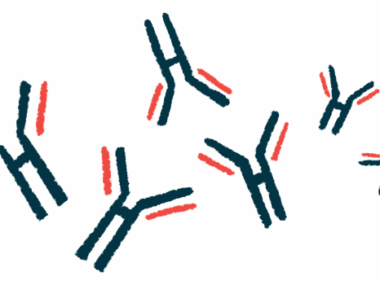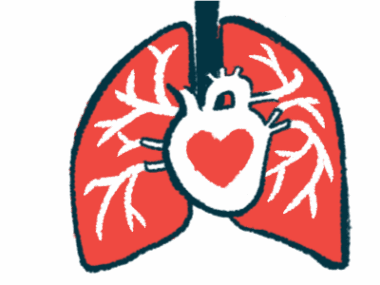Lymphedema affects more than 15% of patients; screening recommended
Researchers reviewed data from more than 5,000 patients in the Fabry Registry
Written by |

More than one in 10 people with Fabry disease have a form of swelling called lymphedema, a recent study reported that highlighted the importance of screening for this type of swelling, which often goes unrecognized.
“Strategies to identify lymphedema in a timely manner can facilitate effective treatment and minimize the associated morbidity,” the researchers wrote in the study, “Prevalence of lymphedema among Anderson-Fabry disease patients: A report from the Fabry registry,” which was published in Molecular Genetics and Metabolism.
Lymphedema is caused by the buildup of lymph, the protein-rich fluid that normally drains through body tissues before being recycled back into the bloodstream. This type of swelling has been reported in patients with Fabry disease, but there’s not much data about how common it is, leading scientists in the U.S. to analyze data from the Fabry Registry (NCT00196742), an observational study sponsored by Sanofi that’s tracking the clinical outcomes of Fabry disease among thousands of patients. The registry is recruiting participants at hundreds of sites worldwide.
The analysis included data from more than 5,000 people with Fabry disease who’d been assessed for lymphedema — 2,320 males and 3,167 females.
“This is the first and largest study that assessed and compared the prevalence and age at first reported lymphedema among male and female [Fabry disease] patients with different [types of Fabry disease],” the researchers wrote.
Among the patients, 16.5% were found to have lymphedema. The rate of this form of swelling was higher among male patients than females (21.7% vs. 12.7%). Males were also younger than females at the time lymphedema was first reported (median, 44 vs. 52).
“Our study showed that lymphedema is common in both male and female [Fabry disease] patients, but more prevalent in male compared to female patients,” the researchers wrote. “Also, male patients tended to experience lymphedema at a younger age.”
Lymphedema rates also were higher among patients with the classic form of Fabry disease (30% male, 16% female) than with late-onset Fabry (8% male, 9% female). Patients with the classic form also tended to be younger.
When lymphedema is properly recognized, most medical centers can provide care to help manage it, such as compression stockings or specialized massage techniques to help fluid move through the body, the researchers said. It often goes unrecognized because it’s easily mistaken for other forms of swelling, however, and can cause serious problems if left untreated.
Lymphedema “can be an important and even life-threatening manifestation of [Fabry disease],” said the researchers, who emphasized the importance of screening so appropriate care can be given where needed. “Early recognition of lymphedema offers an important opportunity for treatment and positive impact on associated morbidity.”






